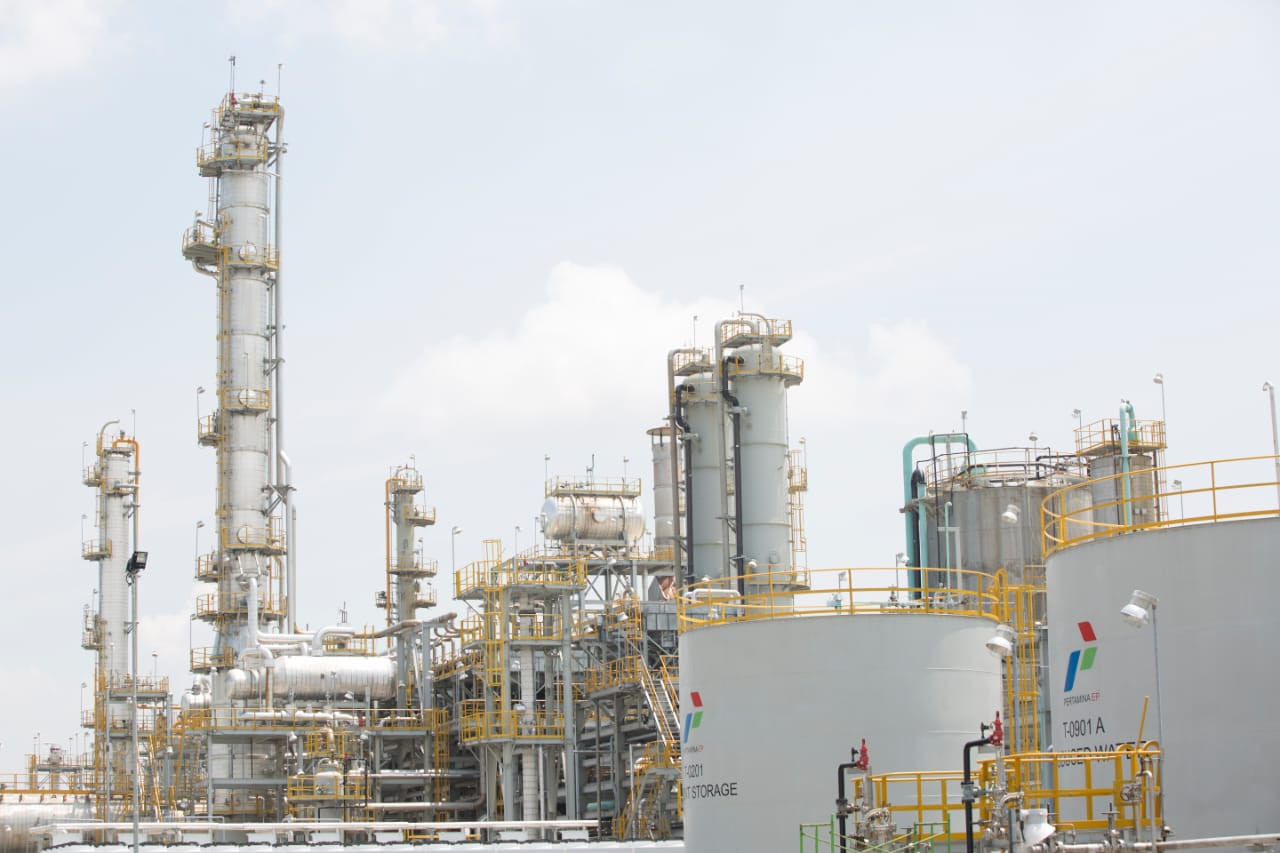Indonesia officially launched its first Carbon Capture and Storage (CCS) project at the end of November, with plans to leverage thousands of abandoned oil and gas reservoirs for expanded development, aiming to store up to 600 billion tons of carbon. However, experts believe that Indonesia faces significant risks in becoming a hub for carbon storage.
Bill Sullivan, a Jakarta-based lawyer specializing in mining and environmental law, emphasized that while Indonesia's vast land is suitable for CCS development, the real challenges lie in the technology and the associated costs.
There are generally two types of CCS. The first one, point-source capture, is where fumes emitted from factories and power plants are directly piped into a facility where carbon dioxide is separated from other gases. The second, direct air capture, which extracts carbon dioxide directly from the atmosphere. Both methods ultimately require high-pressure liquefaction for transportation.

(Photo: Pertamina)
According to a report by Channel News Asia (CNA), point-source capture method costs approximately $80-150 per ton of carbon captured, transported, and stored while direct air capture method costs $600-1000 per ton. Considering Indonesia's energy industry emitted 600 million tons of carbon in 2021, it would require at least $48 billion to store all the carbon.
Belladonna Maulianda, executive director of the government think tank Indonesia Carbon Capture and Storage Centre (ICCSC), stated that Indonesia is preparing to establish CCS centers for point-source capture. Feasibility assessments have been conducted for Java and Borneo, and the sharing of infrastructure and costs among multiple companies is expected to make the process more economical.
However, the CCS process also demands a significant amount of electricity. The Intergovernmental Panel on Climate Change (IPCC) notes a considerable "energy penalty," with potential increases of 13%-44% in power fuel demand. Critics argue that CCS merely buys time for the fossil fuel industry to produce more oil and natural gas, diverting attention from cheaper and more effective carbon reduction methods.
As CCS costs are challenging to reduce in the short term, many companies in Indonesia express frustration, while foreign companies are increasingly interested in investing in carbon storage in Indonesia. Bhima Yudhistira, the executive director of think tank, Centre of Economic and Law Studies (CELIOS), mentioned that Indonesia has yet to implement a carbon tax or offer other specific incentives, making CCS attractive to foreign companies with carbon taxes in their home countries but lacking storage locations. Concerns have been raised that developed countries are passing on the burden of carbon waste to developing nations like Indonesia.
As of November 2023, the Global Carbon Capture and Storage Institute (GCCSI) reported a total of 41 operational CCS facilities globally, with 12 in the Asia-Pacific region, including 11 in China and 1 in Australia. Additionally, the Asia-Pacific region has 54 facilities either under construction or in planning, almost doubling compared to 2022. Notably, Malaysia's national oil company, Petronas, is constructing the Kasawari CCS project, the only ongoing project in Southeast Asia, with most others located in Indonesia and still in the development phase.







